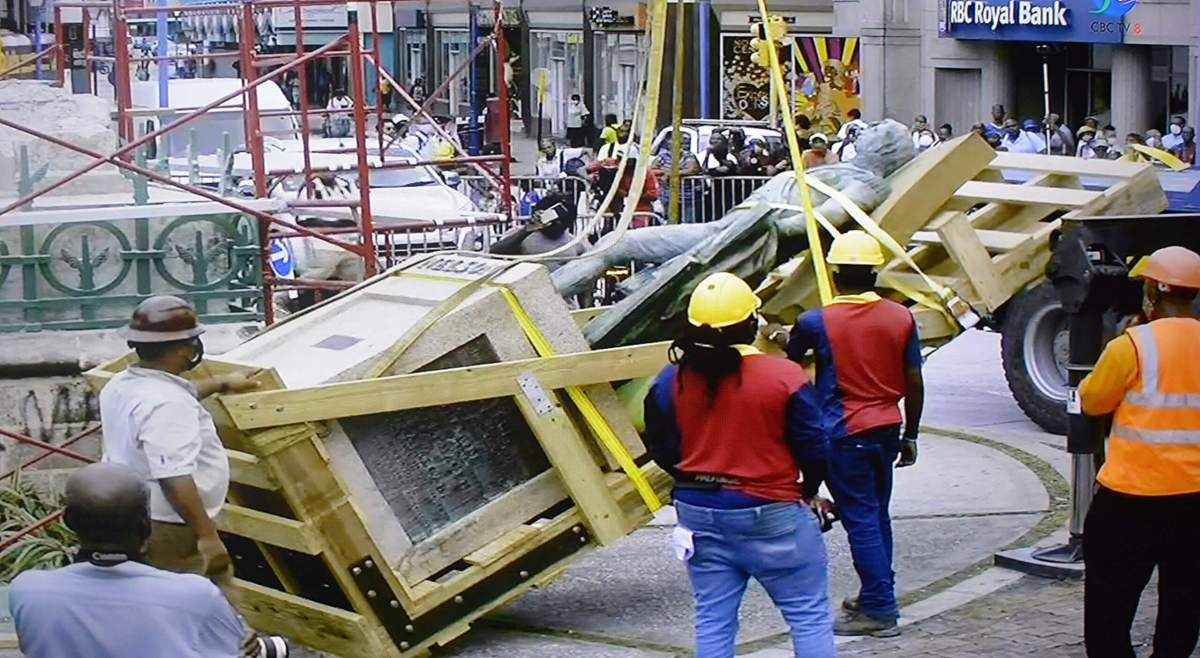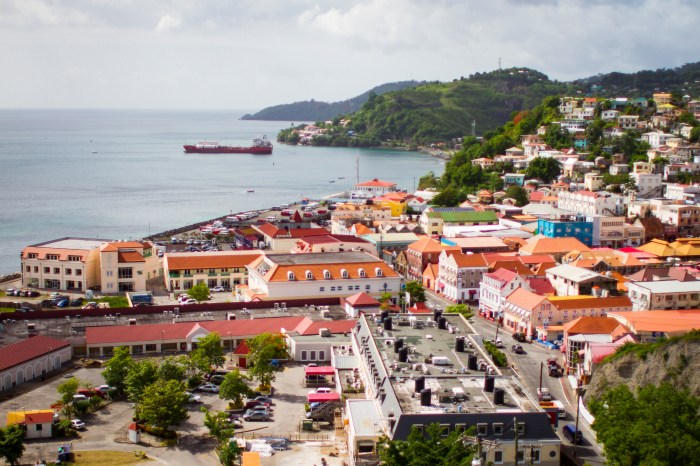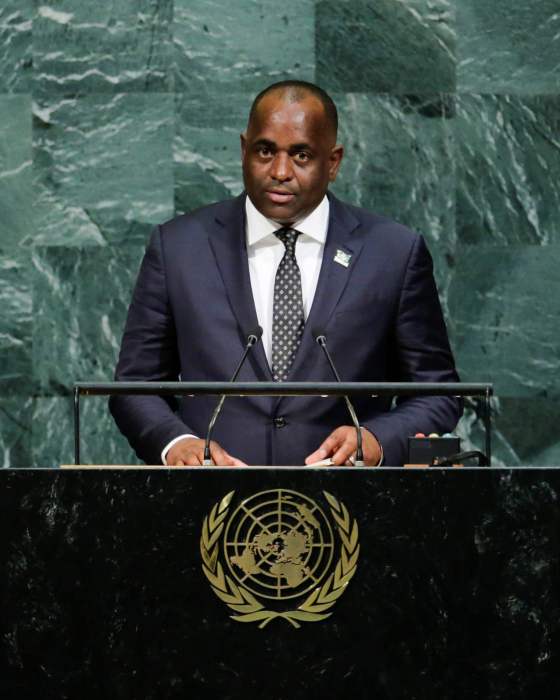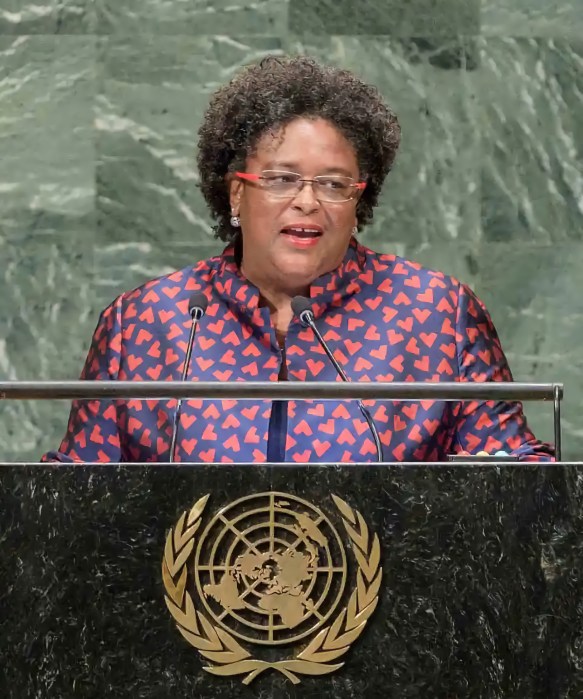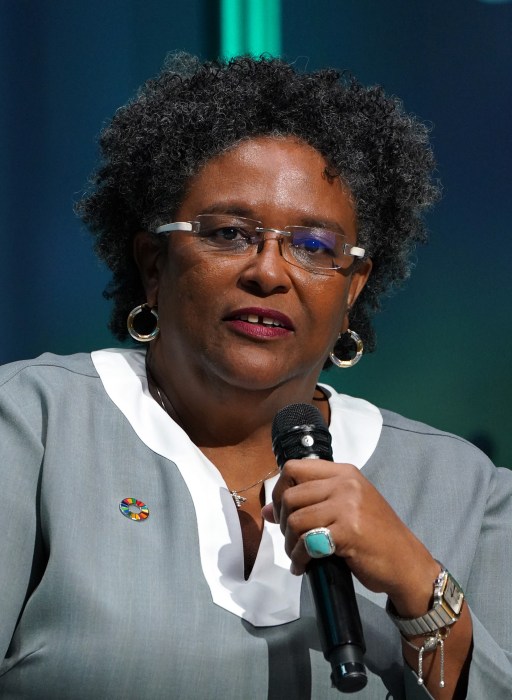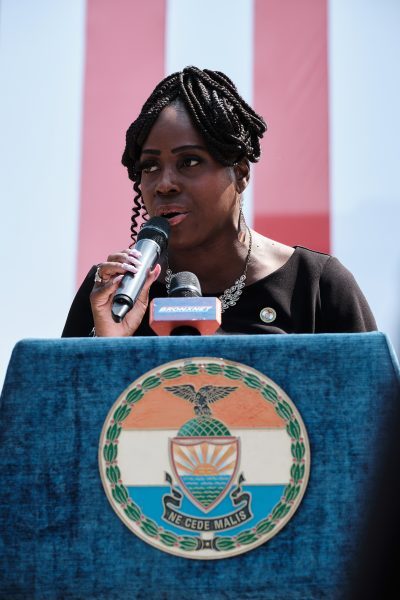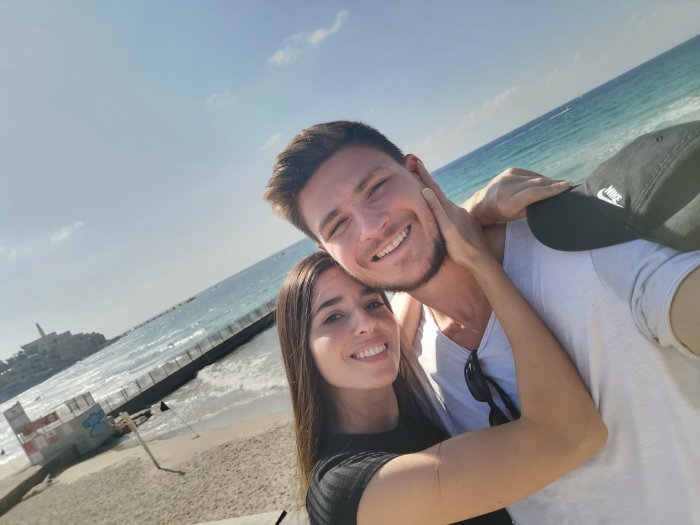It stood at the top end of the main thoroughfare of the Barbados capital, Bridgetown, for 207 years imperiously over-looking activities of residents but Barbadians lowered the statue of Vice-Admiral Lord Horatio Nelson from its commanding height and relegated it to a place in the museum on Monday, Nov. 16.
Following years of wrangling, the statue of this man who has a place in British history for his naval battle accomplishments but historians argue none for Barbados, was removed leaving a coral pedestal that now appears to be begging for a replacement in an area ironically named ‘Heroes’ Square.’
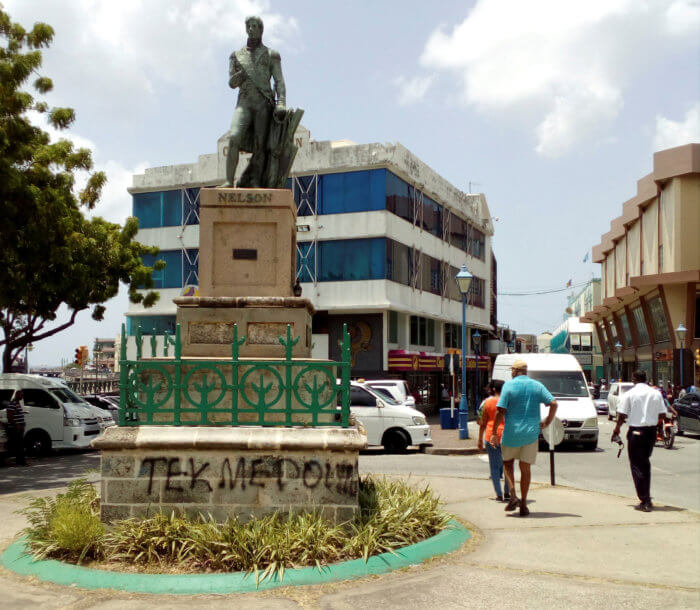
Another irony is that the statue yards away from the area where ships had delivered captured Africans who were on the spot auctioned off into slavery.
Maybe the island will consider a monument to the enslaved for the now empty pedestal.
In decades of debates historians contended Nelson’s sole relationship to Barbados to sabotage welfare of its majority inhabitants, but there were also his sympathisers, a minority, who wanted the effigy to remain.
Prime Minister Mia Mottley appeared to recognise the dissenting few to its removal among her citizenry when she said in a conciliatory tone, “while the statue of Vice-Admiral Lord Horatio Nelson is an important, historic relic, it is not a relic to be placed in the National Heroes’ Square of a nation that has had to fight for too long to shape its destiny and to forge a positive future for its citizens.”
“National consciousness and identity come at the core of the nation-state and if we do not know who we are, if we are not clear what we will fight for, then we are doomed to be exploited and to be colonised again,” she said during the pomp and ceremony chockful of cultural songs and dances at the removal.
Design, construction and erection of the bronze statue was funded by slave-owning planters and merchants in 1813 commemorating the anniversary of the British Royal Navy’s victory in the Battle of Trafalgar in 1805.
Since then they have annually paid homage to the monument with flowers until an Errol Barrow halted the practice in 1962.
According to historian Trevor Marshall, the colonists’ love affair with Nelson was based on a mistaken belief that the navy man had rescued Barbados from the French.
During the Napoleonic war Nelson visited Barbados with a fleet in search of a French admiral.
“Barbadian people had never seen such a large force — 10 ships — and thought that the French had come to attack Barbados and Nelson came to save them. So when he fought the battle of Trafalgar on Oct. 21, 1805 and won it and died in the process, Barbadians developed a cult.”
This veneration annoyed mostly black Barbadians over the years who, from the pre-independence period, began being educated and in the process learned that by his actions Nelson was more of an enemy to this island with a 95 per cent black population descended from enslaved Africans.
“Yes, he won fantastic battles for England. In the Caribbean, he was sadistic, narcissistic, callous and brutal. He scoured the Caribbean checking to make sure that England’s slaves reached Barbados and Jamaica safely,” Marshall said.
The historian who lectured at the community college and University of the West Indies said that for three years leading to 1787, Nelson stopped American ships enroute to Barbados and other Caribbean territories with ration for the enslaved.
“Nelson would board the ships, he and his men, and throw the boxes and bales of vital food stuff in the ocean. The Caribbean people suffered acute starvation,” Marshall said.


